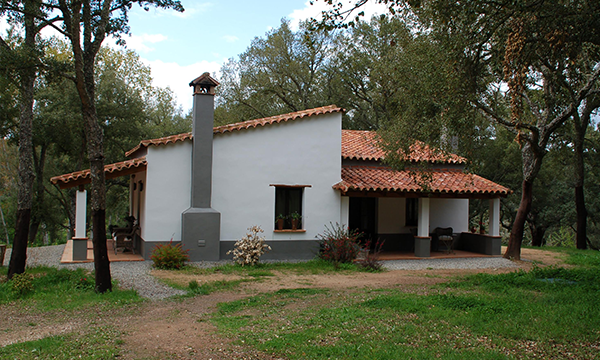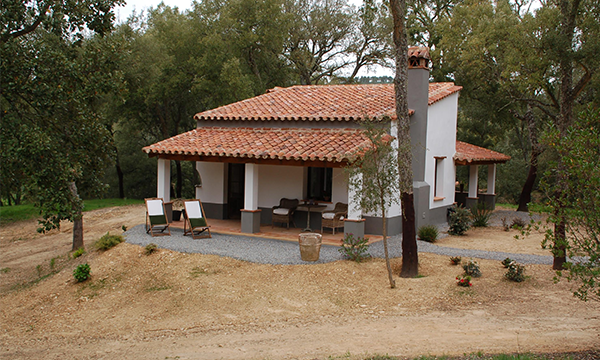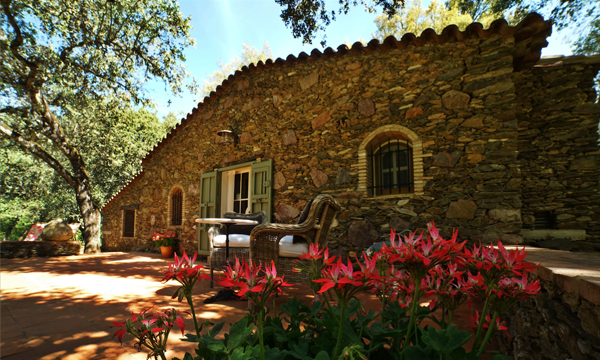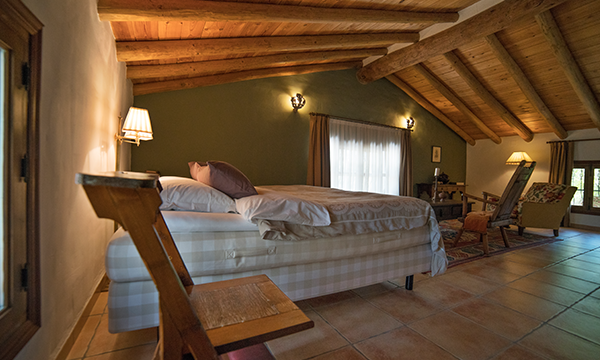Aracena
Aracena, the capital of the region, has approximately 10,000 inhabitants and shares its name with
the mountain range where the city lies and with the surrounding Natural Park. This Natural Park is
one of the most important protected areas of Andalusia. In the centre of Aracena there are many
important cultural monuments to be admired. Amongst those not to be missed are the old castle
and the parish church, where the Moorish influence is clearly visible.
During the Christian conquest, led by the Portuguese King, Sancho II, at the beginning of the
thirteenth century, the Moors were expelled. In 1255, the Castilian King, Ferdinand III, and his son,
Alfonso X, ensured that Aracena became part of the kingdom of Seville. The area remained
sparsely populated until the end of the thirteenth century. King Sancho IV drew settlers from León,
Asturias and Galicia and brought the fort on the hilltop back into service to defend the area against
the neighbouring kingdom of Portugal. Repopulation was not an overnight success, until the 15th
century when the expansion of the town continued down the hill and into the valley.
In 1478 the construction of the magnificent parish church began. Although the building was never
fully completed and many artworks were burnt during the civil war, the parish is still an impressive
structure. A few years ago, the church had a new roof constructed, allowing some of its former
glory to be restored.
In the late nineteenth and early twentieth century, the city grew with renewed momentum. The
Town Hall in Plaza Santa Catalina, the Casino de Arias Montano and the large market contributed
to the richness of the city.






